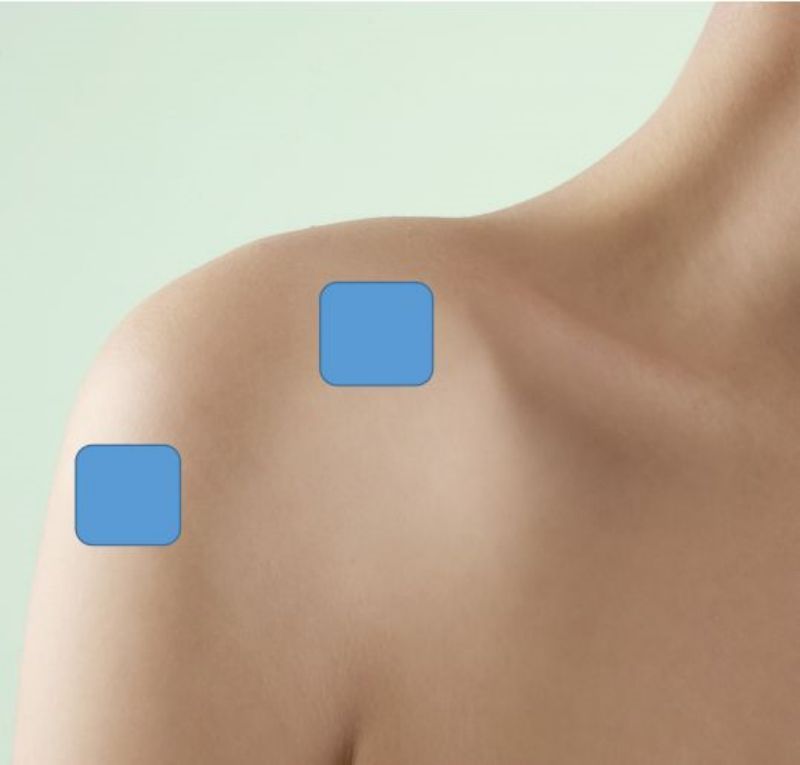Periarthritis of shoulder
Periarthritis of shoulder, also known as periarthritis of shoulder joint, commonly known as coagulation shoulder, fifty shoulder. The shoulder pain gradually develops, especially at night, gradually aggravates, the shoulder joint movement function is limited and increasingly aggravated, and gradually alleviates to a certain extent until finally the complete recovery of the shoulder joint capsule and its surrounding ligaments, tendons and bursae is the main manifestation of chronic specific inflammation. Periarthritis of shoulder is a common disease with shoulder joint pain and immobility as the main symptoms. The onset of the disease is about 50 years old, the incidence of women is slightly higher than that of men, and it is more common in manual workers. If not effective treatment, it may seriously affect the functional activities of the shoulder joint. There may be extensive tenderness in the shoulder joint, radiating to the neck and elbow, and varying degrees of deltoid atrophy may also occur.
Symptoms
①shoulder pain:The initial shoulder pain is often described as parochial, and it tends to become chronic over time. As the pain progresses, it may intensify or become dull, or even feel like a knife cutting through. This persistent discomfort can be aggravated by changes in climate or fatigue. Additionally, the pain may radiate to the neck and upper extremities, particularly the elbow.
②Limited shoulder joint movement:Limited shoulder joint movement in all directions can be limited, abduction, upward lifting, internal rotation and external rotation are more obvious, with the progression of the disease, due to long-term disuse caused by the joint capsule and soft tissue adhesion around the shoulder, muscle strength gradually decreased, coupled with the coracohumeral ligament fixed in the shortened internal rotation position and other factors, so that the shoulder joint in all directions of the active and passive activities are limited. In particular, combing hair, dressing, washing face, akimbo and other actions are difficult to complete.
③Afraid of cold: many patients wear cotton pads on their shoulders all year round, even in the summer when they dare not expose their shoulders to the wind.
④The occurrence of muscle spasm and atrophy.
Diagnosis
X-ray images show arthritis or fractures, but they cannot detect issues with the spinal cord, muscles, nerves, or disks alone.
MRI or CT scans generate images that can reveal herniated disks or problems with bones, muscles, tissue, tendons, nerves, ligaments and blood vessels.
Blood tests can help determine if an infection or other condition is causing pain.
Nerve studies such as electromyography (EMG) measure nerve impulses and muscle responses to confirm pressure on the nerves caused by herniated disks or spinal stenosis.
How to treat Tennis elbow with electrotherapy products?
The specific use method is as follows(TENS mode):
①Determine the right amount of current: Adjust the current strength of the TENS electrotherapy device based on how much pain you feel and what feels comfortable for you. Generally, start with a low intensity and gradually increase it until you feel a pleasant sensation.
②Placement of electrodes: Put the TENS electrode patches on or near the area that hurts. For neck pain, you can place them on the muscles around your neck or directly over where it hurts. Make sure to secure the electrode pads tightly against your skin.
③Choose the right mode and frequency: TENS electrotherapy devices usually have a bunch of different modes and frequencies to choose from. When it comes to neck pain, you can go for continuous or pulsed stimulation. Just pick a mode and frequency that feels comfortable for you so you can get the best pain relief possible.
④Time and frequency: Depending on what works best for you, each session of TENS electrotherapy should typically last between 15 to 30 minutes, and it's recommended to use it 1 to 3 times a day. As your body responds, feel free to gradually adjust the frequency and duration of use as needed.
⑤Combining with other treatments: To really maximize neck pain relief, it might be more effective if you combine TENS therapy with other treatments. For example, try using heat compresses, doing some gentle neck stretches or relaxation exercises, or even getting massages – they can all work together in harmony!

Post time: Sep-26-2023






